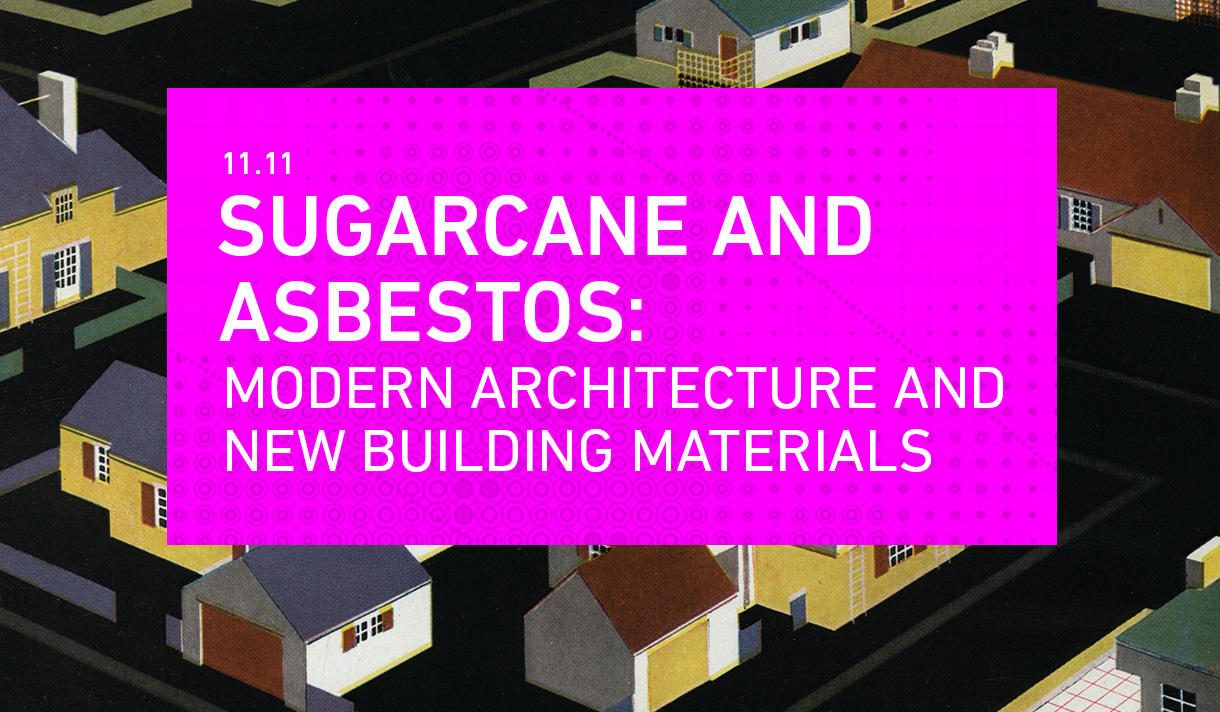Event
Sugarcane and Asbestos: Modern Architecture and New Building Materials
November 11, 2020
6:00 PM – 8:00 PM
Zoom Webinar
Lecture
Hyun-Tae JUNG
Professor, School of Architecture and Design, New York Institute of Technology
Dr. Hyun-Tae Jung is an Associate Professor of Architecture at the New York Institute of Technology. He completed his bachelor’s and master’s degrees in architecture at the University of Seoul, South Korea. He received a Doctorate in History and Theory of Architecture from Columbia University with a dissertation on the rise of corporate architecture in the mid-twentieth century. Dr. Jung has published articles and book chapters on modern and contemporary architecture and urbanism.
MoreDr. Jung is currently working on a book, Skidmore, Owings & Merrill: The Architecture of Organization from the Great Depression to the Cold War through Bloomsbury Publishing Company. Dr. Jung has taught at several institutions including Seoul National University of Science and Technology, Columbia University, Parson School of Design, University of Nebraska-Lincoln, and Lehigh University. He served as a Visiting Professor at Louisiana State University and Visiting Scholar at the University of Pennsylvania. At New York Tech, Professor Jung teaches Global History of Architecture and other history and theory courses.
About this Lecture
Introduction and Respondent: Nader VOSSOUGHIAN, Associate Professor, School of Architecture and Design, New York Institute of Technology
How did new building materials impact our built environment during the first half of the 20th Century? More specifically, how did the introduction of modern insulation contribute to modern American architecture? In what way did new insulation help advance new construction methods?
To answer these questions, the lecture focuses on how cane fiber and asbestos insulation contributed changes in the field of architecture and others. The Celotex Corporation introduced and popularized cane fiber insulation in the early 1920s. The company converted sugarcane waste into a robust, fibrous building material. This sustainable approach allowed the new company to become a leading manufacturer. In the late 1930s, it promoted asbestos-based insulation products, which became very popular and widely used in the industry.
Celotex’s products helped reshape the trajectories of modern architecture, construction technologies, and natural landscapes in the United States, contributing to the rationalization of the human body, labor, and wages. Cane fiber and asbestos insulation products triggered an unanticipated chain reaction in architecture, sugar plantation, agricultural landscape, and suburban housing developments.
NOTE: You must register to receive the pertinent Zoom information.
REGISTERNOTE: If you already registered for this event, you do not need to register again.
Contact archevents@nyit.edu for more information.
